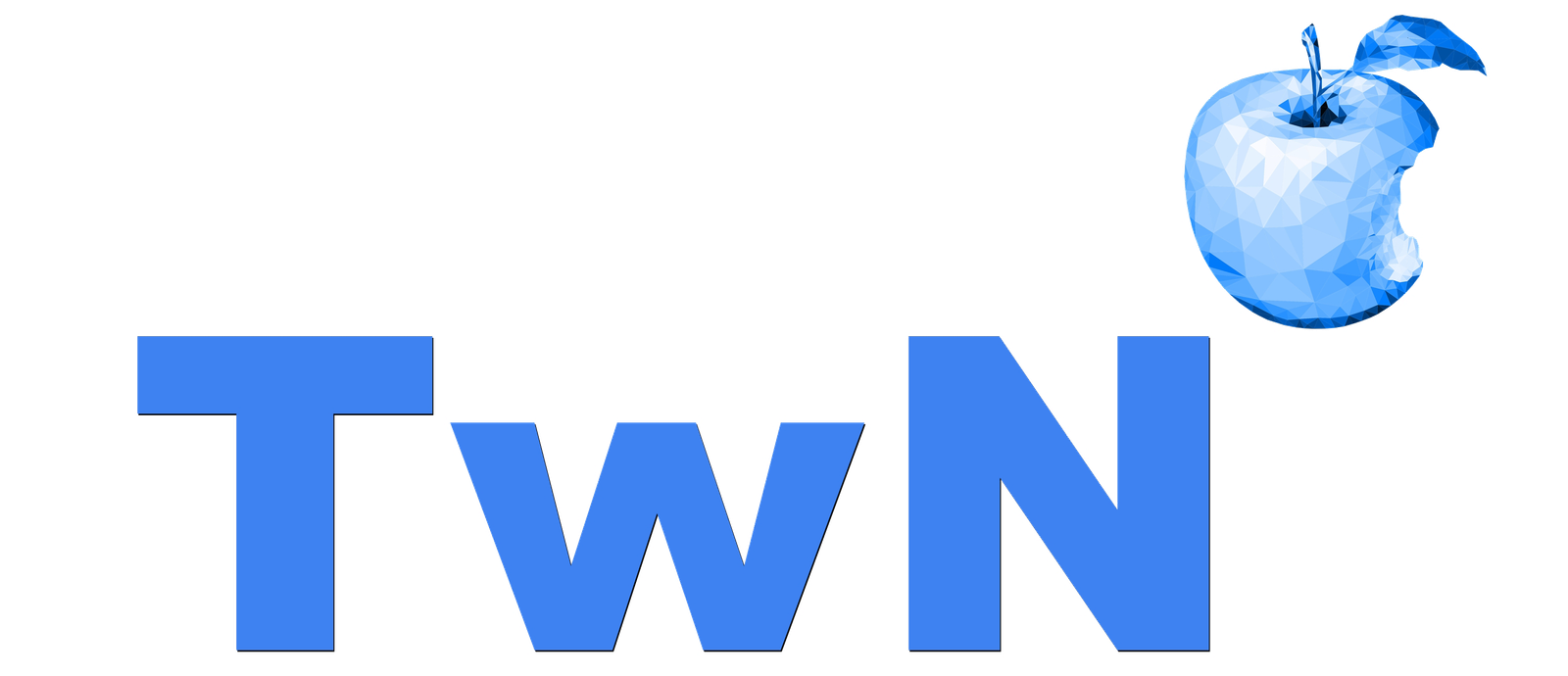
Transitioning to a career in Information Technology can be a rewarding journey for individuals seeking new opportunities in the ever-evolving technology sector. Whether you’re a recent graduate exploring entry-level positions or a seasoned professional looking to pivot into IT, navigating the transition requires careful planning, skill development, and strategic networking. Here are key steps to help you make the transition successfully:
1. Self-Assessment and Research
Begin by conducting a thorough self-assessment to identify your interests, strengths, and career aspirations within the field of IT. Explore different specializations such as software development, cybersecurity, data analysis, networking, or cloud computing to determine which aligns best with your skills and interests. Additionally, research industry trends, job market demands, and educational requirements to gain insights into potential career pathways and opportunities.
2. Acquire Relevant Skills and Certifications
Invest in acquiring relevant technical skills and certifications that are in demand within the IT industry. Consider enrolling in formal education programs, online courses, or specialized training programs to develop proficiency in programming languages, operating systems, database management, IT infrastructure, and emerging technologies. Pursuing industry-recognized certifications such as CompTIA A+, Cisco CCNA, AWS Certified Solutions Architect, or Certified Information Systems Security Professional (CISSP) can enhance your credibility and marketability as an IT professional.
3. Gain Practical Experience through Internships or Projects
Gain practical experience by participating in internships, volunteer opportunities, or collaborative projects that allow you to apply theoretical knowledge to real-world IT scenarios. Seek out internships or entry-level positions with IT companies, technology startups, or nonprofit organizations to gain hands-on experience and exposure to industry best practices. Additionally, consider contributing to open-source projects, building personal projects, or participating in hackathons to showcase your skills and expand your professional network within the IT community.
4. Build a Professional Network
Networking is essential for navigating the transition to a career in IT and accessing job opportunities within the industry. Attend industry events, workshops, conferences, and meetups to connect with IT professionals, recruiters, and potential employers. Join online forums, professional networking platforms, and LinkedIn groups to engage with like-minded individuals, seek mentorship, and stay updated on industry trends and job openings. Building meaningful relationships with professionals in the field can provide valuable insights, mentorship, and referral opportunities throughout your career journey.
5. Tailor Your Resume and Portfolio
Crafting an effective resume and portfolio is crucial, especially when transitioning to a career in Information Technology without prior technical experience. Here are some practical steps to tailor your resume and portfolio:
a. Focus on Transferable Skills
Highlight transferable skills from your previous experiences that are relevant to IT. These may include problem-solving, project management, communication, teamwork, and attention to detail. Emphasize your ability to adapt and learn new technologies quickly.
b. Highlight Relevant Education and Training
Showcase any relevant education, courses, or training programs you have completed, even if they are not directly related to IT. This demonstrates your commitment to learning and acquiring new skills.
c. Include Personal Projects and Initiatives
If you have worked on personal projects or initiatives related to IT, include them in your portfolio. This could be building a website, developing a mobile app, or participating in online coding challenges. Highlight the skills you used and the outcomes achieved.
d. Seek Feedback and Guidance
Don’t hesitate to seek feedback and guidance from professionals in the IT field or career advisors. They can provide valuable insights into how to structure your resume and portfolio to make them stand out to potential employers.
e. Be Honest and Authentic
While it’s important to highlight your strengths and achievements, be honest and authentic in your resume and portfolio. Avoid exaggerating or embellishing your skills and experiences, as this can backfire during the interview process.
6. Prepare for Interviews and Career Transitions
Prepare thoroughly for interviews and career transitions by researching companies, practicing technical interview questions, and refining your communication and interpersonal skills. Be prepared to articulate your passion for technology, demonstrate your problem-solving abilities, and showcase your potential value to prospective employers. Stay flexible and open to different opportunities within the IT industry, including contract positions, remote work arrangements, or freelance opportunities, as you navigate your career transition.
7. Stay Curious and Continuously Learn
The field of Information Technology is dynamic and ever-evolving, requiring IT professionals to stay curious, adaptable, and committed to lifelong learning. Stay abreast of emerging technologies, industry trends, and best practices through continuous learning, professional development courses, and participation in online communities and forums. Cultivate a growth mindset and embrace challenges as opportunities for growth and skill development as you embark on your journey to a successful career in Information Technology.
In conclusion, transitioning to a career in Information Technology requires dedication, perseverance, and a proactive approach to skill development and networking. By following these key steps and leveraging resources and opportunities within the IT community, you can position yourself for success and unlock new possibilities in the dynamic and rewarding field of Information Technology.
For an in-depth guide on making a successful transition and also thriving in the IT industry, check out the book: Transitioning to IT: The Playbook for Career Changers. The book guides you through the process, providing invaluable insights and practical tips along the way.
